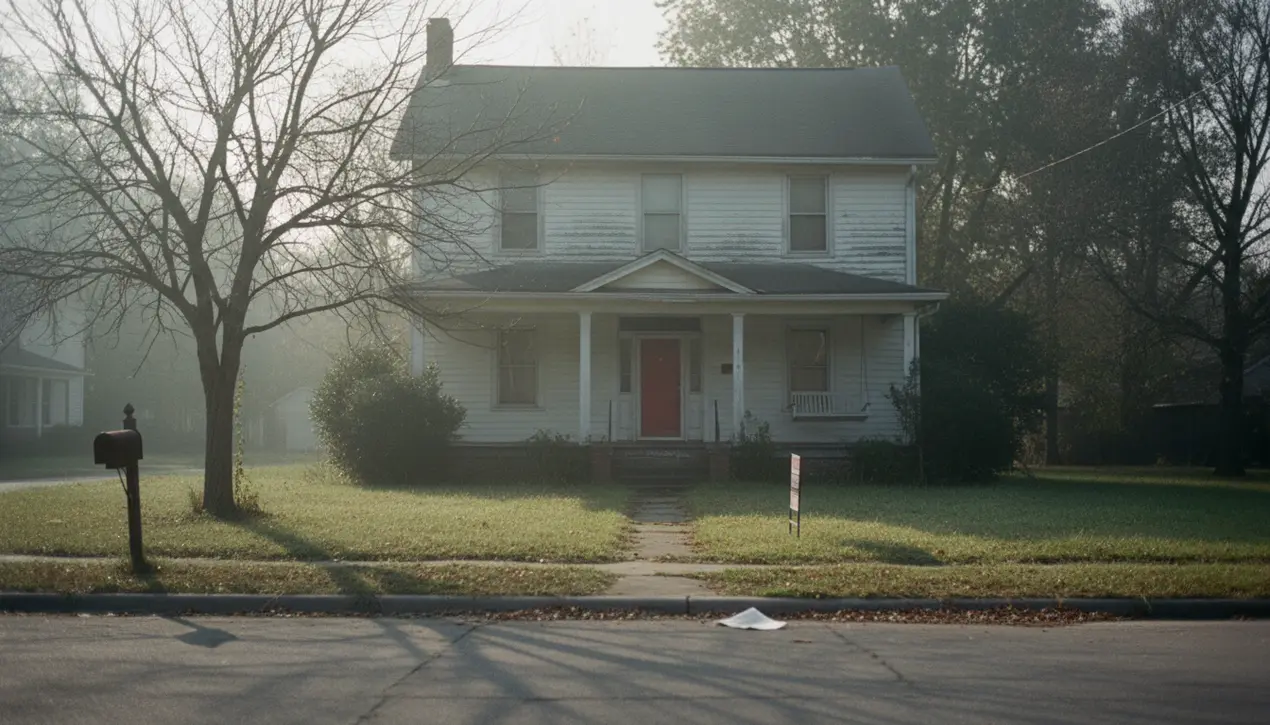
Otherreal estateHousing Market Trends
Moody's home price forecast for 300 housing markets through 2035
OL
Olivia Scott
2 hours ago7 min read1 comments
The U. S.housing market, that colossal engine of American wealth and consumer confidence, finds itself navigating a protracted period of recalibration rather than dramatic boom or bust, according to a detailed decade-long forecast from Moody’s Analytics. Chief economist Mark Zandi, whose voice carries significant weight in financial circles, projects a landscape of prolonged stagnation where national home prices, in nominal terms, are expected to drift sideways over the next 12 to 24 months.This isn't a prediction of collapse, but a necessary correction—a grinding process where the market slowly allows incomes to catch up to the stratospheric price levels achieved during the Pandemic Housing Boom. Zandi frames this flatlining, when adjusted for inflation, as the 'healthiest path forward,' a bitter but essential medicine for an ailing patient.The primary ailment is, unequivocally, affordability, which was shattered by the one-two punch of soaring prices and the subsequent mortgage rate shock, effectively freezing existing home sales activity. This stagnation, however, will not be uniform across the nation's 300-plus housing markets.Zandi anticipates a clear geographic divergence: markets in the South and West, where new construction has been more robust, may see modest declines, while the chronically tight-inventory markets of the Northeast and Midwest are expected to demonstrate greater stability, acting as anchors against a broader downturn. Looking further out, Moody’s projects U.S. nominal home prices to increase by a cumulative 23.5% between December 2025 and December 2035, which, when broken down into annual increments, reveals a gradual acceleration from a meager +0. 48% in 2026 to a steadier pace around +2.8% by 2030 before moderating again. This trajectory, plotted on a chart, would represent one of the most subdued decades for home price appreciation in recent memory, a stark contrast to the wild volatility of the past twenty years.Beyond affordability, Zandi highlights additional structural headwinds, including a restrictive immigration environment that could constrict the construction labor force precisely in regions that need it most, and elevated long-term Treasury yields linked to fiscal concerns, which he believes could peg the average 30-year fixed mortgage rate closer to 6. 0% than 5.5% for the foreseeable future. For investors and homeowners accustomed to viewing real estate as a guaranteed high-return asset, this forecast serves as a sobering recalibration of expectations.It suggests a future where housing primarily serves its fundamental purpose of shelter, with wealth accumulation occurring at a glacial pace, more in line with broader economic growth than speculative fervor. While any decade-long forecast must be viewed with a healthy dose of skepticism—the economic landscape is littered with the wreckage of failed predictions—Moody’s broader narrative is clear and compelling: the era of easy, explosive gains is over, replaced by a long, slow healing process where patience, not speculation, will be the ultimate virtue.
#Moody's Analytics
#home price forecast
#housing market stagnation
#affordability
#mortgage rates
#real estate investment
#featured
Stay Informed. Act Smarter.
Get weekly highlights, major headlines, and expert insights — then put your knowledge to work in our live prediction markets.
Related News
Comments
Loading comments...
© 2025 Outpoll Service LTD. All rights reserved.